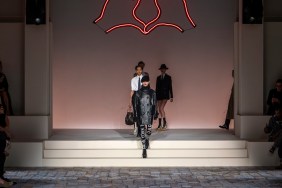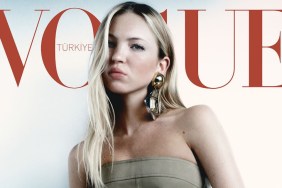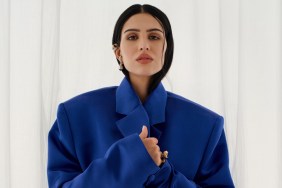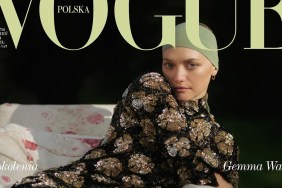
Her grandfather was a master Russian tailor and her father was a decorator, a path Apfel would eventually follow for herself.
Her mother, who Apfel credits as an incredibly chic woman, opened a chain of boutiques and left her daughter to be predominantly raised by her grandmother. This forced independence led to Apfel’s innovative and exuberant style.
Before her fanciful and aesthetically rich journey into design began, she got a degree in education and was sent to teach in a one-room schoolhouse in Wisconsin, which had an unfortunate armed woman at the door.
When the appeal of teaching wore off, Apfel followed her father’s footsteps into creative fields.
She started as a copygirl for the trade bible Women’s Wear Daily, but when she saw the middle-aged editors with their feet firmly planted in their positions, she realized her editorial dreams were farfetched, so she left to start working as an interior decorator. Her work style, much like her personal style, was based on the ethos of ingenuity.
In her travels and exploits as a designer, she saw a hole in the market for traditional fabrics which led her to found, with her husband Carl, Old World Weavers, which became an industry leader in traditional textiles and original prints. With Old World Weavers, she was involved in legendary design and restoration projects, such as the White House and the Metropolitan Museum of Art in New York.
Design work aside, Apfel’s true legacy is her massive collection of accessories and garments but her collection had an unusual start. In her early decorator days, she was faced with the wives of doctors and ladies who lunch and was irritated by their vapidity, so she decided to ‘revolt’ by only wearing black tunics with stockings and boots. This worked well for her, until the days came where a series of events were imminent and she found herself with nothing to wear.

After searching through the stores she resorted to buying a full price Balenciaga dress that she liked, but claims it was only out of desperation. She vowed that day to never be forced into overspending, and that was the start of her collection. A fashion collection these days has a different meaning to Apfel than it does to others, with women like Anna Dello Russo and Daphne Guinness being forthright about collecting just to have it; Apfel declares that her collection is to be worn.
It started with flea market purchases and exotic travels but as this was before the days of archives, most of her designer pieces came from the fashion houses themselves that sold off their one-off samples after the season was finished. She truly shops on intuition; when it feels right she will buy. Her husband Carl remarks that she listens to the threads in a garment, and they speak to her.

Her style icon status was cemented in 2005 when the Costume Institute asked to borrow some of her accessories, and was pleasantly surprised with Apfel’s immense collection of fashion. They curated and exhibited a collection of her wardrobe, and through word of mouth it became a great success. Following this triumph, a photography book was published in 2007 entitled Rare Bird of Fashion: The Irreverent Iris Apfel that attempted to pin down her style and capture her eccentric style.








